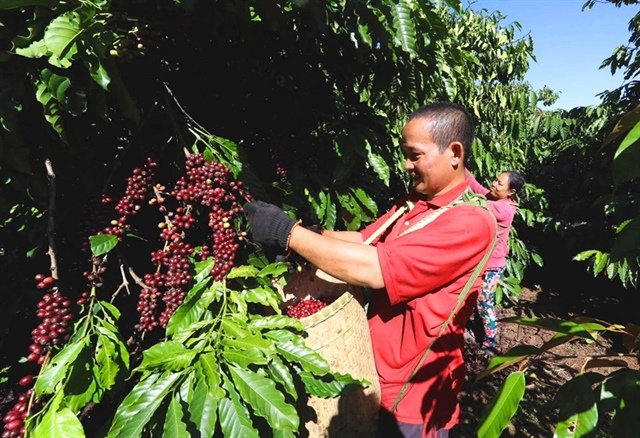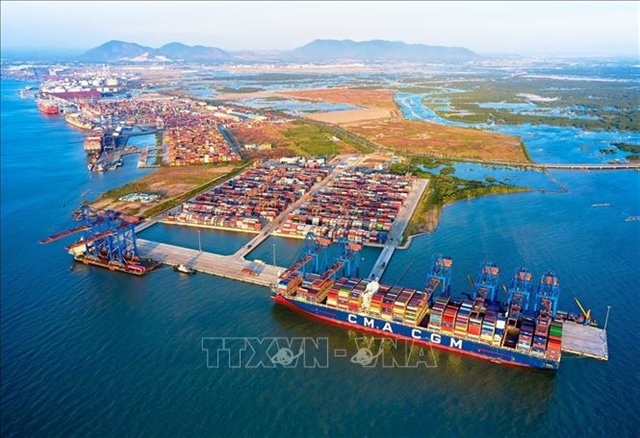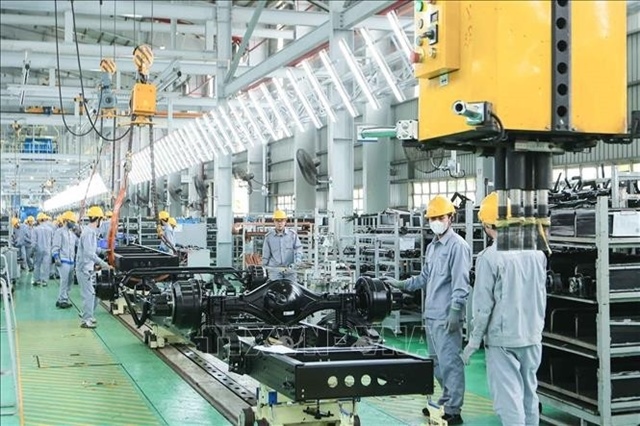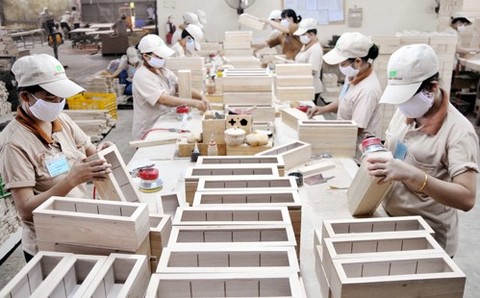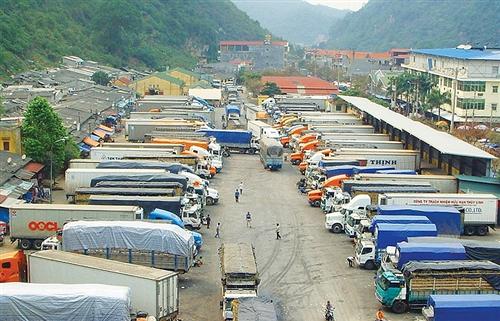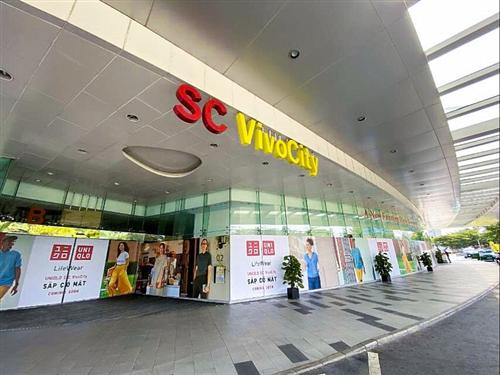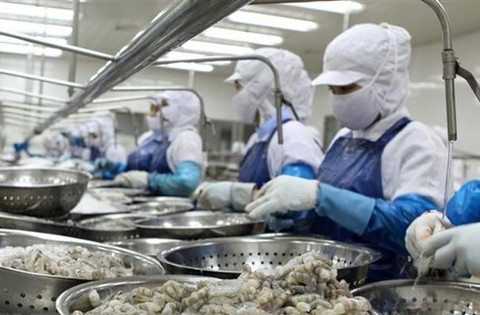Stimulus sought for agro-investment
Stimulus sought for agro-investment
Foreign-invested projects in agriculture, forestry, and fisheries, and in rural development have been fairly diversified, focusing on fields such as planting, animal husbandry, seafood, forestry processing items, forestation and paper production, and sugar production, among others. However, achievements in attracting foreign investment into the agricultural sector are still limited, failing to fully bring into play the sector’s enormous potential.

Phan Huu Thang Senior director, GIBC
|
According to statistics by the Foreign Investment Agency under the Ministry of Planning and Investment, as of March 20, the total number of ongoing foreign-invested agricultural projects came to 500, with $3.54 billion of committed capital, accounting for 0.95 per cent of capital as a whole.
In the first quarter alone, foreign investors registered to pour a total investment of $61.47 million into this sector, including $13.73 million in four newly-registered projects and $23.08 million in two existing projects. The remaining part was $24.66 million for capital contribution and stake purchases.
In addition, there is the paradox that while foreign investment inflows in Vietnam have been increasing annually, the agricultural sector’s ratio of this capital volume has been decreasing in parallel. For example, in 2011, foreign direct investment (FDI) in this sector made up 8 per cent of the total capital inflow in the country, the ratio was 1.22 per cent in 2017, and 1 per cent both in 2018 and 2019. Furthermore, the ratio was 0.95 per cent in the first quarter of this year.
Overseas investors are overlooking the agricultural sector due to a multitude of factors, including climate change, weather, water sources, and land availability. In 1998-2008, numerous investors implemented shrimp-growing projects at a scale of hundreds of millions of US dollars, the equivalent of billion-dollar projects at present.
These schemes pioneered modern shrimp-growing methods to not only serve the local market but also exports. However, some big storms wiped out these farms, and the investment to rebuild was not forthcoming.
Besides, investors faced unfair competition from private traders who often offered slightly higher prices for customers’ food products. Furthermore, in the livestock sector, the volatility of the global market and the impacts of pandemics discouraged investors. The lack of land and human resources as well as the incomplete policy framework are the major reasons why many investment projects fell through.
FDI in the agricultural sector is an important capital channel, helping to boost the productivity, quality, efficiency, and competitiveness of local agricultural producers and allowing the sector to expand its export markets and engage deeper into the global agricultural produce value chain.
Besides, agricultural firms play a crucial role in ensuring the nation’s food security, making their operations essential in the fight against the pandemic and the everyday functioning of the nation.
Another factor speaking in favour of the proposal is the promotion of agricultural goods exports. As numerous sectors in quick succession reported plunging export turnovers in recent months due to the ongoing pandemic, agricultural goods are looking at bright prospects thanks to positive export results.
Notably, according to statistics published by the Ministry of Agriculture and Rural Development, in the first three months of this year, this sector achieved a trade surplus of $2.9 billion, up 48.9 per cent on-year. The total export-import turnover of agro-forestry-fishery products was $15.2 billion, while the figure for March alone was $3.5 billion, $1.6 billion of which came from agricultural products.
Attracting further FDI into agriculture and rural development needs to be closely linked to the sector’s restructuring, including reforming the growth model and the formulation of a new countryside model; ensuring the prevalence of market economy principles; and ensuring quality investment in pursuit of a green and sustainable development. Additionally, ensuring balance among economic, social, and environmental development targets during the process is also crucial.
The attracted FDI should prioritise sectors, fields, and products with comparative advantages and which carry high added-value as well as have good potential for market expansion. It should also be compatible with domestic investment or support weak links in the domestic agricultural value chain to boost the competitiveness of Vietnamese agricultural products. Besides this, Vietnam should focus on projects using high-tech machinery, creating high-quality products, and generating jobs for local people.
Thus, investors have been asked to build a mechanism to encourage investors to develop and join the development of agricultural and rural infrastructure in many different forms, especially public-private partnerships. However, the policy framework to lure funding into the agricultural sector has to ensure the synchronicity, stability, and match international commitments while promoting the benefits of the country and investors.
It is necessary to build up methodical and specific policies on attracting overseas investors to the agricultural sector after a deep study on the comparative advantages and strengths of the country’s agricultural sector. In general, the policies are being implemented right from their promulgation and have been continuously improved towards creating a more convenient environment for financiers.
Last but not least, if these orientations remain on paper for too long and the implementation does not get priority similar to storm-induced saltwater intrusion, attracting and exploiting FDI to combat unexpected incidents (including the coronavirus crisis) and to promote economic stability in the long term will not yield the best results.


